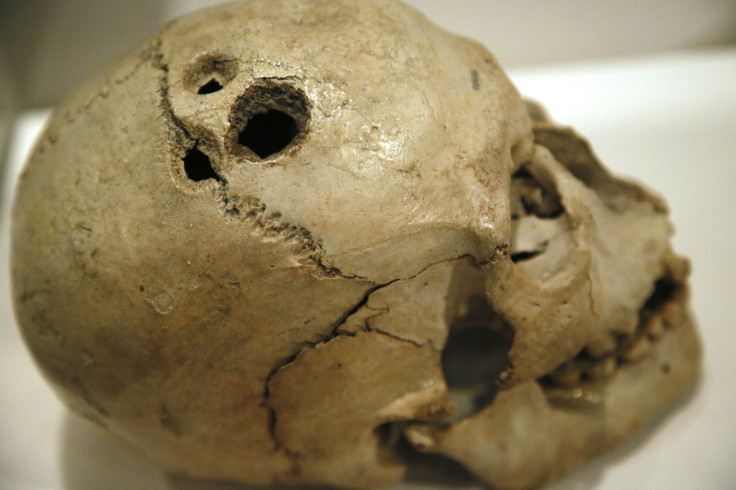12,000-year-old Human Skull Discovered In Mexico

Scientists have unearthed an ancient skull from an underground cave in Mexico. It is believed to be one of the oldest human remain discovered so far in the American continent.
The ancient human skull was recovered along the coast of Tulum in Quintana Roo, Mexico. It is believed to be 10,000 to 12,000 years old, according to the Mexico's National Autonomous University (UNAM). The researchers claim that the specimen will help gain knowledge about the early human settlements in and around the Mexican region.
Atelier Daynes, based in Paris, reconstructed the recently-discovered skull to identify its characteristics, including age and sex. The Global Times reports that Daynes specializes in “reconstructing hominids from bone remains.”
Based on the study of the skull, the lead researchers from UNAM, Alejandro Terrazas Mata, says that the skull recovered belongs to none of the indigienous groups in America known so far. The researcher based his conclusion on the fact that the skull does not exactly resemble any of the existing indigenous groups.
It is widely believed that a group of people from Asia crossed across the Bering Strait around 15,000 years ago. The group of migrated people was identified as Paleoamericans. The structure and features of their cranium and face bear resemblance to the humans belonging to the Pacific Rim or south Asia.
Another migration took place around 9,000 years ago when a group of people became an ancestor to the Amerindians. However, the researchers are still unclear whether the specimen belongs to an ancestor of the Amerindians or not and that further research is required to clarify the same.
Contact the writer at: emailtoguneet@gmail.com.





















